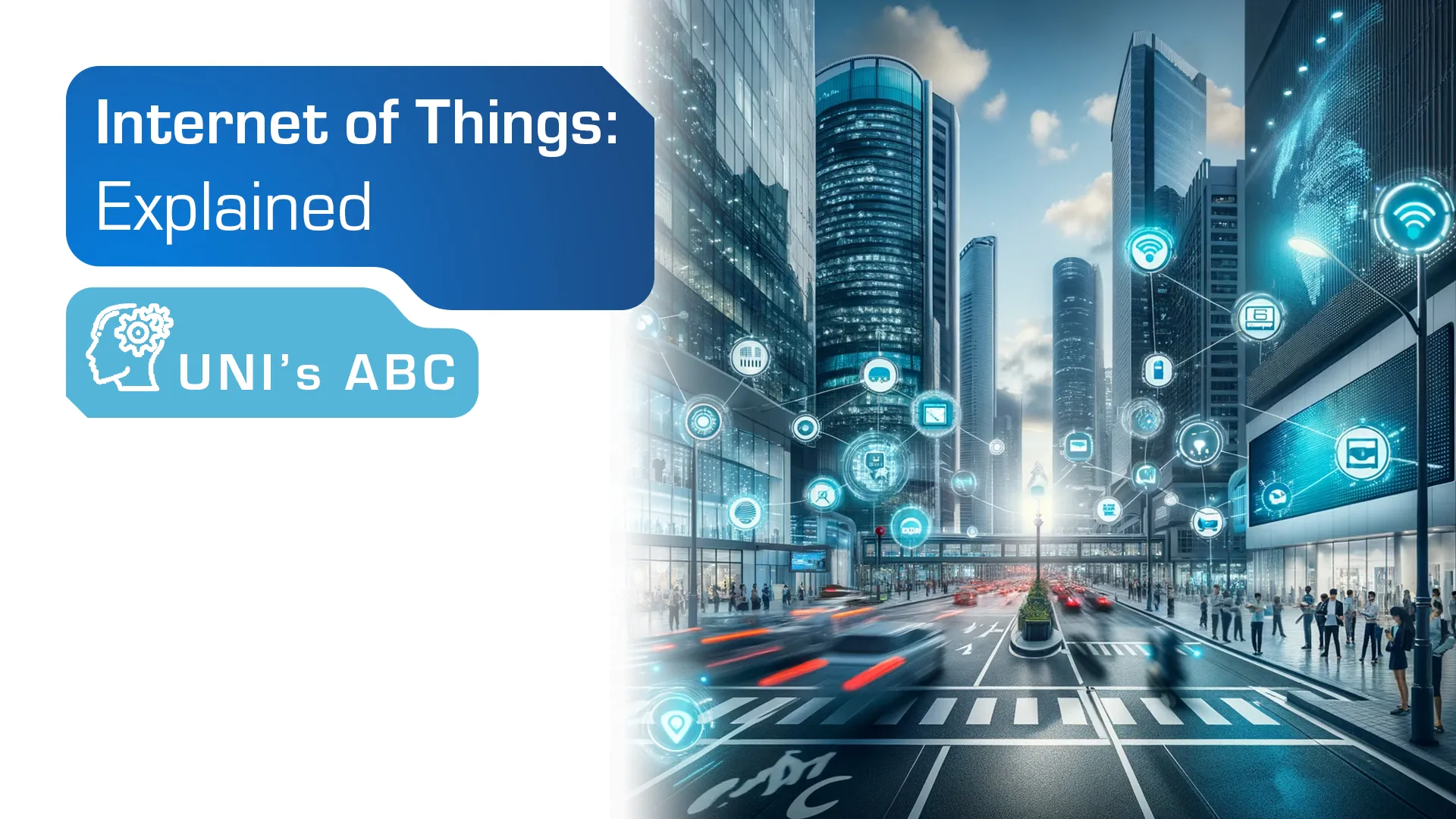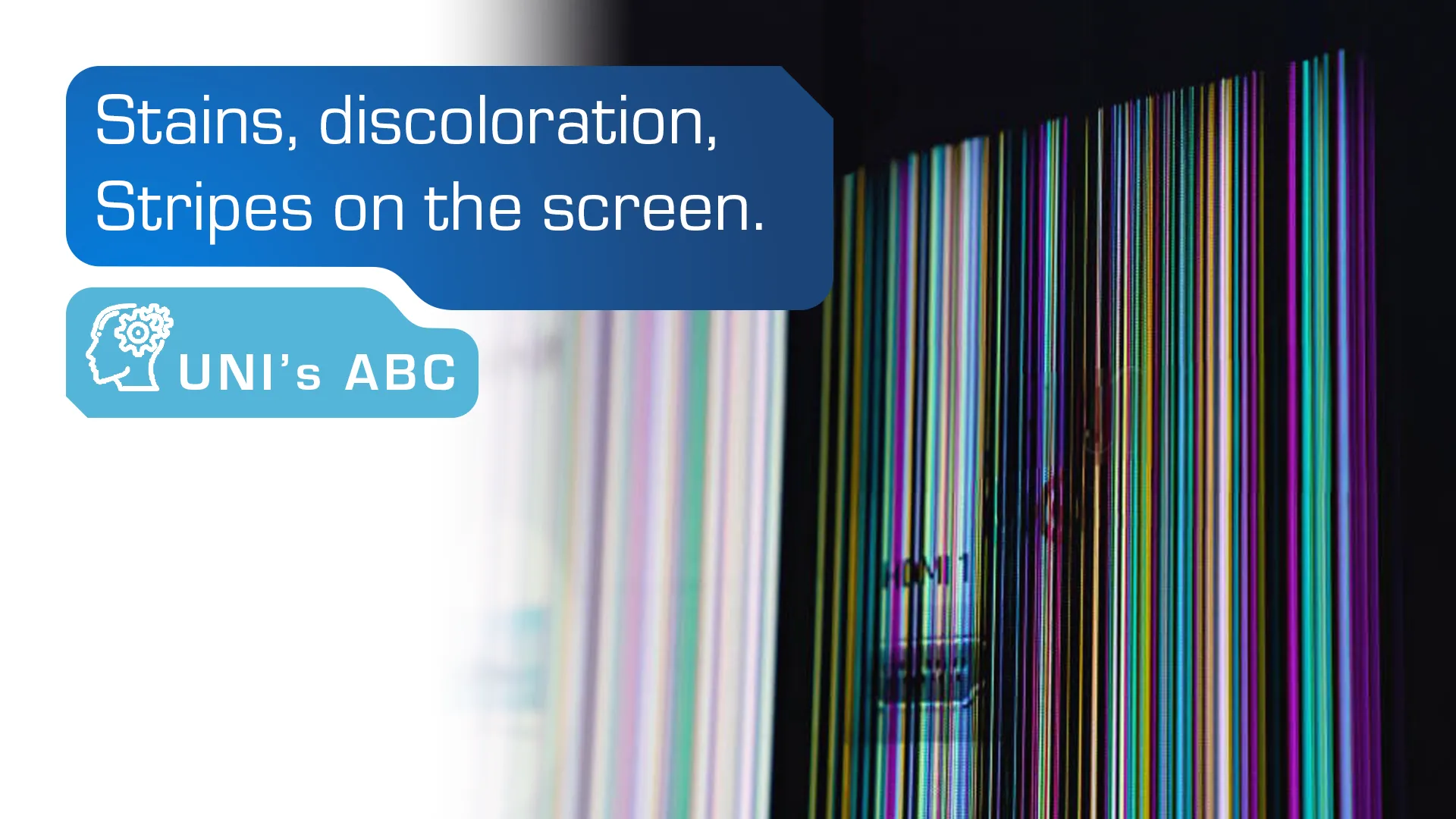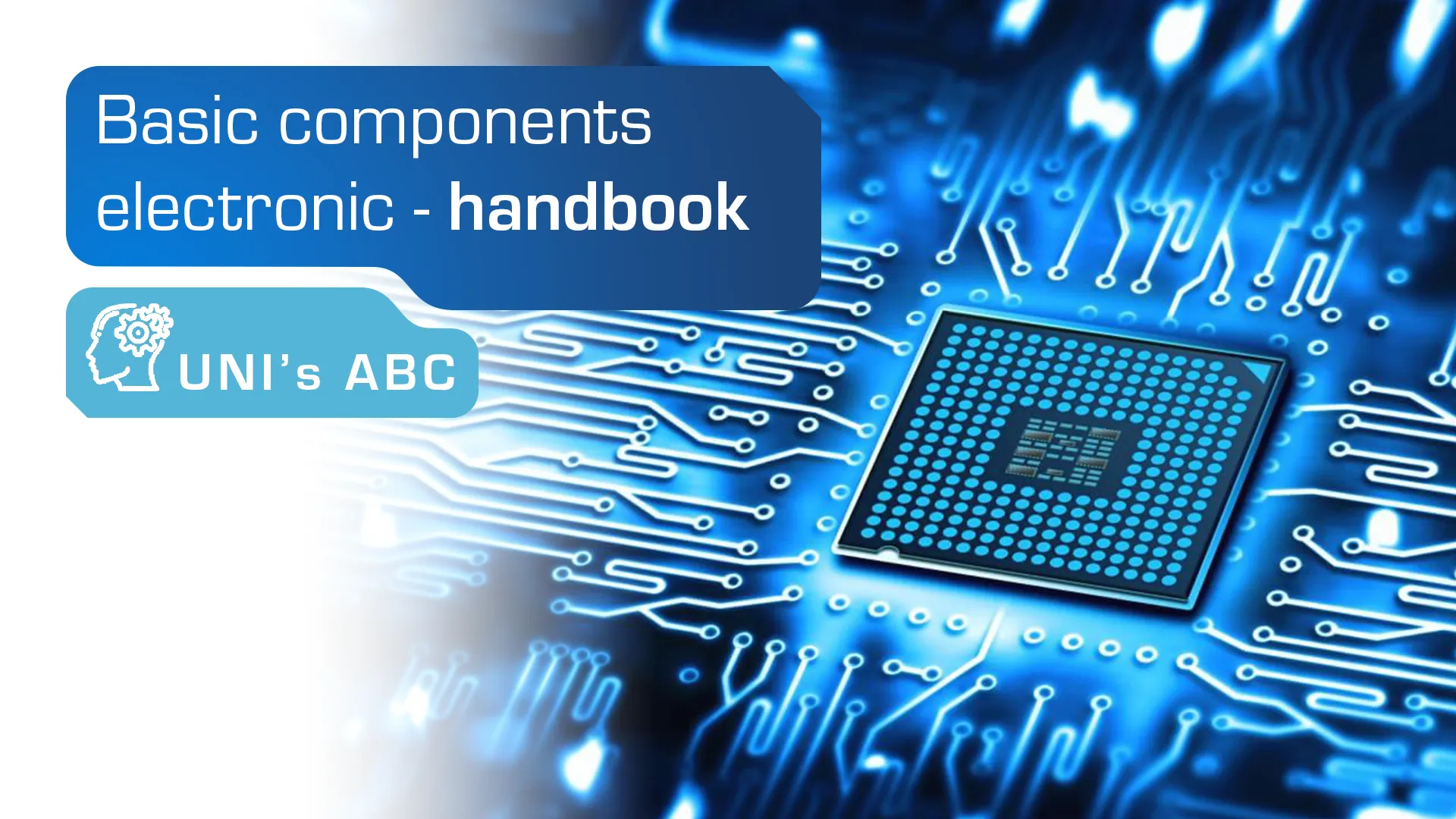
EPDs (Electronic Paper Displays ) have been on the global market for many years, however, the scope of their applications has so far been limited. Currently, thanks to developments in technology, the range of possible applications has been expanded. Due to the characteristic, highly favorable features and increasingly lower prices, e-paper is gaining popularity. In an effort to make this technology more accessible to customers, Unisystem recently added electronic paper to its offerings. However, it should be noted that in order to take full advantage of EPD technology, you also need a matching controller. The variety of applications has led to two types of dedicated controllers on the market, which are also included in Unisystem’s product range.
MpicoSys Controller
The first is a controller from MpicoSys, which allows E Ink’s e-paper displays to be used in the same way as other electronic displays. The concept is based on energy-efficient microcontrollers, on the basis of which controllers have been developed that allow precise control of the screen while consuming low power. The controller communicates with the module using the SPI interface. Such a solution makes it possible to significantly reduce the cost of the controller, which positively affects the price of the final application. However, the user should be aware that this type of controller requires its own programmed microcontroller to communicate and send images over SPI. MpicoSys has also prepared a dedicated USB SPI adapter that makes it easy to connect the controller to any computer.

Visionect controller
A completely different solution was designed by Visionect. In creating controllers for the e-paper, Visionect aimed to make the operation and configuration of the display as simple as possible. The final result was a controller in which the software is so comprehensive that, together with the EPD display, it effectively forms a complete wireless network device.
The application does not require advanced engineering knowledge. Visionect controllers are based on Epson ASICs developed for E Ink displays. The module is managed using a specially developed platform called VSS (Visionect Software Suite). It is a complete web-based GUI with which you can, among other things. easily control and change the displayed content or view power consumption data. VSS also has a dedicated API, so you can integrate it into your own application.

New suppliers, new opportunities
The new profile in Unisystem’s offering is related to a recent partnership with three companies related to e-paper technology (displays and controllers) – E Ink, MpicoSys and Visionect. Company E Ink is a pioneer and world leader in the design and manufacture of EPD displays, while the companies MpicoSys and Visionect , design and supply the corresponding controllers for E Ink displays. Unisystem’s cooperation with these three entities enables us to offer customers a comprehensive EPD technology service.
We encourage you to take a look at our offer on e-paper . If you have any questions, please feel free to contact us.
2017-09-06
Recent Knowledge

Internet of things, what it is and examples of industrial applications
The Internet of Things (IoT) is one of the most promising and rapidly developing technologies of recent years. Its application in business brings great opportunities to optimize processes, reduce costs […]

Stains, discoloration, stripes on the screen – how to identify and repair defects in industrial displays?
The dark spot on the iPhone screen, the black spot on the TV, the colored spots on the phone screen, the yellow spot on the display … Problems with screens […]

Basic electronic components in industry – a guide for beginners
Electronics has played an extremely important role in all branches of modern industry for many years. It allows automation of production processes, precise control of machines and equipment, collection and […]

Optoelectronics – basic information and example applications
Optoelectronics is the branch of electronics that deals with the conversion of electricity into light and light into electricity using semiconductor materials called semiconductors. Semiconductors are crystalline solid materials with […]



